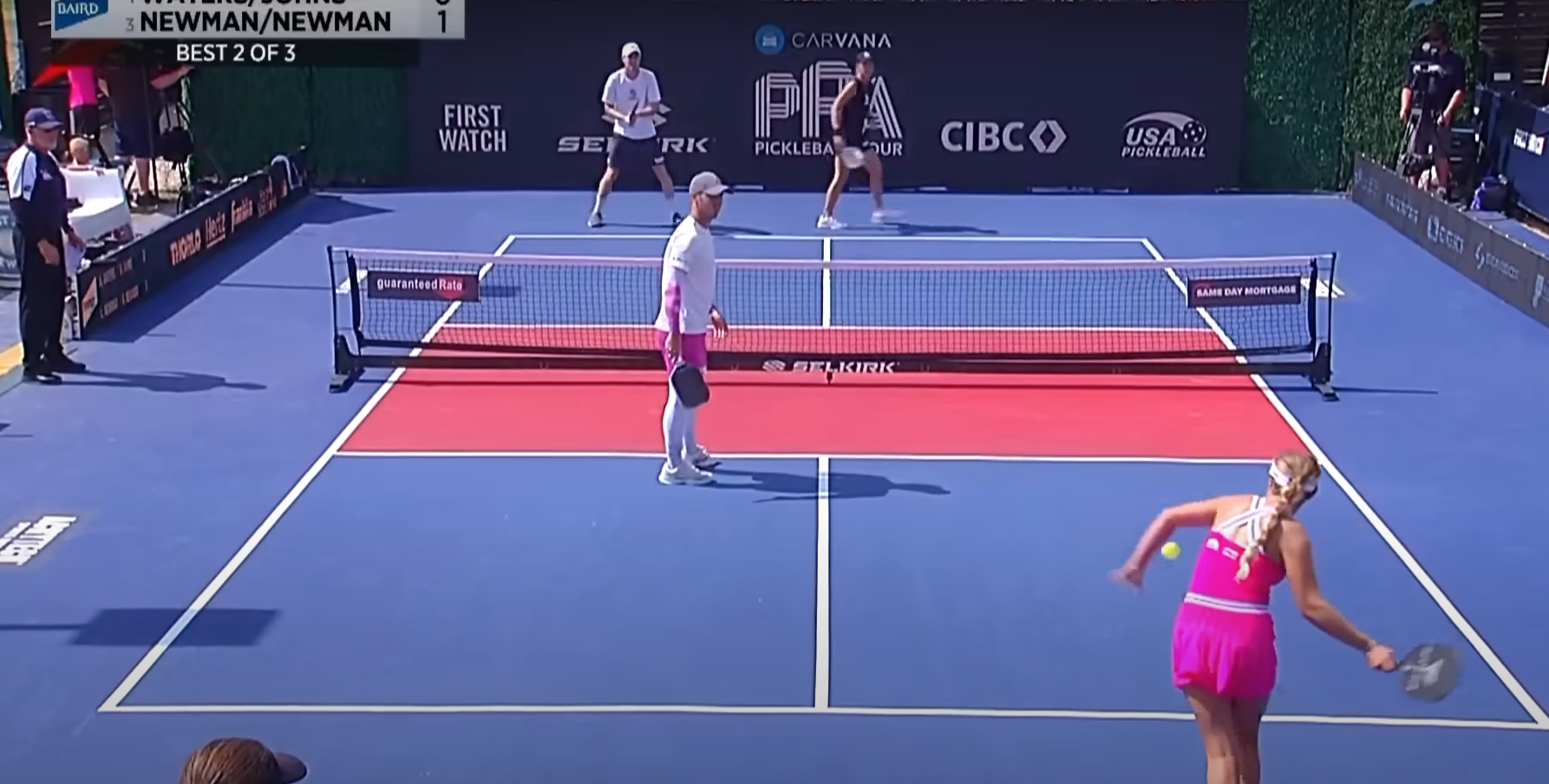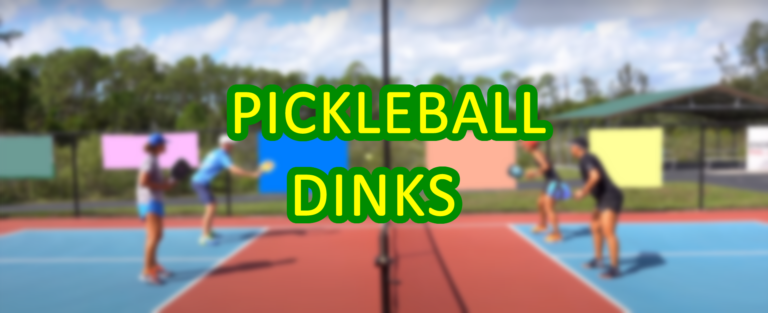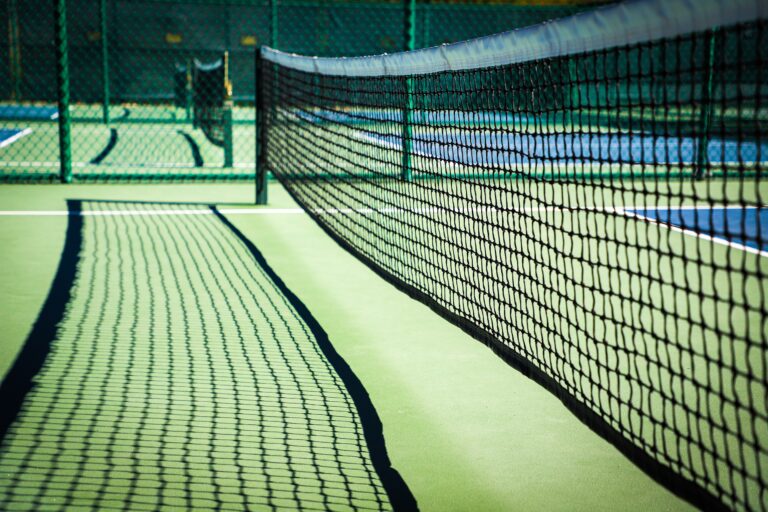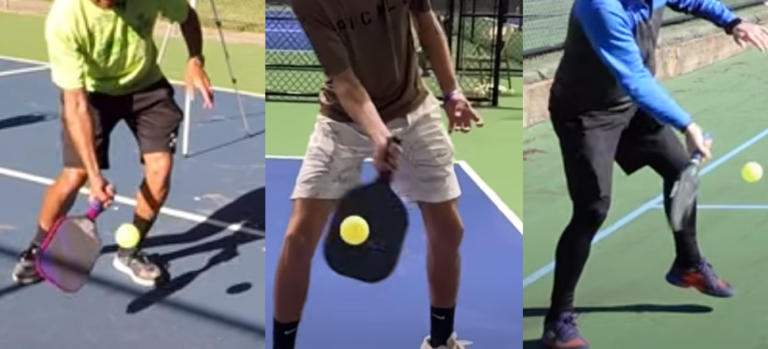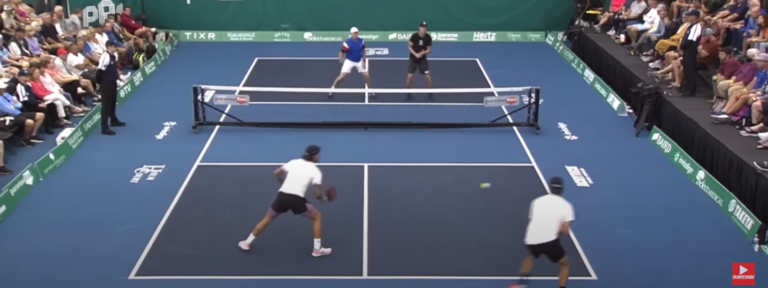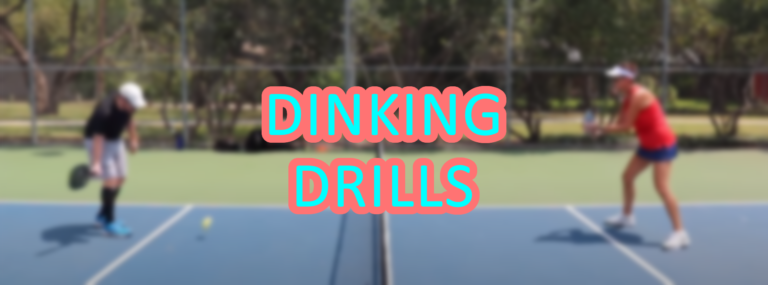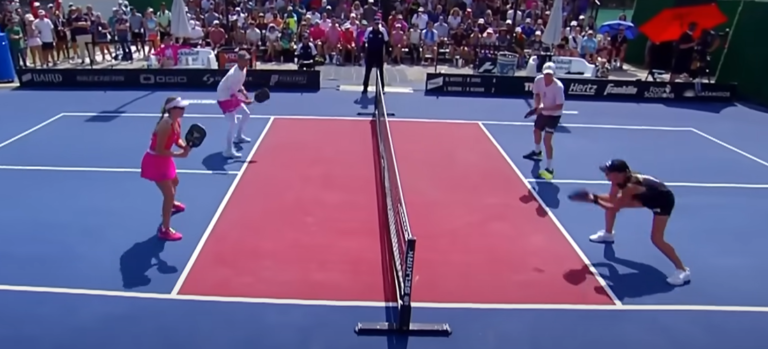Return of Serve: Challenges and Strategies in Pickleball
The return of serve shot in pickleball is becoming an increasingly popular way to gain an edge over your opponents. With its ability to mix power, accuracy, and spin, the return of serve shot has the potential to be devastating when executed correctly. In this blog post, we’ll explore how you can master this powerful technique so that you can dominate the court with ease.
What is Return of Serve in Pickleball?
In pickleball, the return of serve refers to the shot made by the receiving team after the serving team has initiated the point by hitting the ball over the net to start the rally. If you’re on the receiving team, it’s your job to get the ball back over the net after your opponent serves. Your goal is to get the ball back in play and keep control of the point.
The return of serve in pickleball is a critical moment in the game because it sets the tone for the rally and can significantly influence the outcome of the point. When you return serve in pickleball, you should try to make your return tricky for the other team but avoid making mistakes.
Strategies for Return of Serve
When returning the serve in pickleball, you can typically employ one of the following strategies:
Deep and Low Return
When returning a serve, you should hit the ball deep into your opponent’s court, close to the baseline, and keep it low over the net. This keeps the serving team back at the baseline and makes it hard for them to attack right away and might make them play defensively.
Angle Return
When you’re returning a serve, you can hit the ball at an angle to send it wide to the corners of the court. Doing this can make it difficult for your opponents to defend, stretching their positions and creating openings for you to take control of the point.
Drop Shot
In higher-level play, you may choose to hit a drop shot when returning serve. This is a gentler shot that lands close to the net. This can catch your opponents unawares and make them hustle to get to the ball. This is a risky shot if you don’t have perfect control of your drop shot. A short return that drops in the transition zone will give the serving team the opportunity to come forward and give them the chance to take control of the court.
Hard Drive
If you’re a skilled player, you might choose to go on the attack when returning the ball. You can take control of the point right away by hitting a hard drive or placing a winning shot with accuracy.
You can adjust your return of serve depending on your opponent’s strengths and weaknesses and how you like to play. Remember, consistency and placement are the most important for a successful return of serve!
Challenges When Returning a Serve
Returning a serve in pickleball can be quite challenging, and players must overcome various obstacles to execute an effective return. Some of the common challenges include:
Serve Speed and Spin
Skilled servers can generate considerable speed and spin on their serves, making it challenging for the receiving player to time their return properly and get the ball under control.
Anticipate the serve by watching the server’s body position and paddle angle. Stay light on your feet and be ready to adjust quickly. Practice returning different types of serves to improve your reaction time.
Serve Placement
A well-placed serve can target specific areas of the court, forcing the receiver to move quickly and making it more challenging to return the ball with precision.
Position yourself optimally before the serve and be prepared to move. Anticipate the server’s tendencies and adjust your positioning accordingly. Work on footwork drills to improve your ability to reach different areas of the court quickly.
Narrow Court Dimensions
The court in pickleball is smaller than a tennis court, and this limited space means that players have less time to react to the serve and must quickly position themselves to return the ball effectively.
Improve your court coverage by anticipating the serve and moving efficiently. Focus on footwork and positioning to maximize your ability to cover the court effectively.
Varying Serve Styles
Players may face a variety of serve styles, including low serves, high serves, deep serves, and short serves. Each requires a different approach for the return.
Practice with players who have various serve styles to develop adaptability. Pay attention to the server’s grip and paddle angle to predict the type of serve. Adjust your stance and swing accordingly.
Dealing with Spin and Bounce
The ball’s spin can cause it to bounce unpredictably, especially on hard surfaces, making it harder to judge and return accurately.
Stay low and use your legs to absorb the ball’s spin and bounce. Keep your paddle face square to control the shot better. Regular practice against spin will improve your ability to handle these shots.
Pressure to Start the Rally Well
The return of serve sets the tone for the point, and players may feel pressure to make a good return to gain an advantage in the rally.
Overcome this by staying focused on the fundamentals, maintaining composure, and trusting your training. Visualization and positive self-talk can help manage your nerves and perform better under pressure.
Quick Transition to Offense
After returning the serve, the receiving team must quickly transition from a defensive position to an offensive one to gain control of the point.
Be prepared to move forward after a solid return. Look for opportunities to attack, either by moving to the net or hitting an aggressive shot to gain control of the point.
Avoiding Unforced Errors
Mistakes on the return, such as hitting the ball out of bounds or into the net, can result in unforced errors and gift points to the serving team.
Focus on consistency and control rather than trying to hit winners off the return. Aim to keep the ball in play and place it strategically.
You need skill, quick reflexes, tactical awareness and mental composure to overcome the challenges of returning a serve in pickleball. Practicing and playing in different match situations can help you improve your return of serve abilities.
Final Thoughts
Returning serves in pickleball is an essential skill for any player looking to improve their game. With the right knowledge and practice, you can become a master of this fundamental technique. By focusing on body positioning, timing your strokes correctly, and using spin variants effectively, you will be able to consistently return powerful serves with confidence. Remember that returning serves requires both physical and mental skills–it’s not just about having good reflexes or strong arms. As long as you stay mindful of these elements while playing pickleball, you should have no problem mastering how to return serve like a pro!
Frequently Asked Questions
The easy and smart way to return a serve is to aim it down the middle of the court. This forces your opponents to make a decision on who is going to hit the ball. If they don’t communicate with each other properly, there’s a high chance that no one is going to hit the ball and that’s an easy score for you.
When you are getting ready to return a serve, don’t stand right at the baseline. Stand about two or three feet off of it. From there you can adjust your position based on your opponent’s serve. You want to give yourself space to hit the ball out in front of you. Remember, it is easier to run forward to hit the ball rather than stepping back. Going back will pull you off balance making it harder for you to make an effective return shot.
